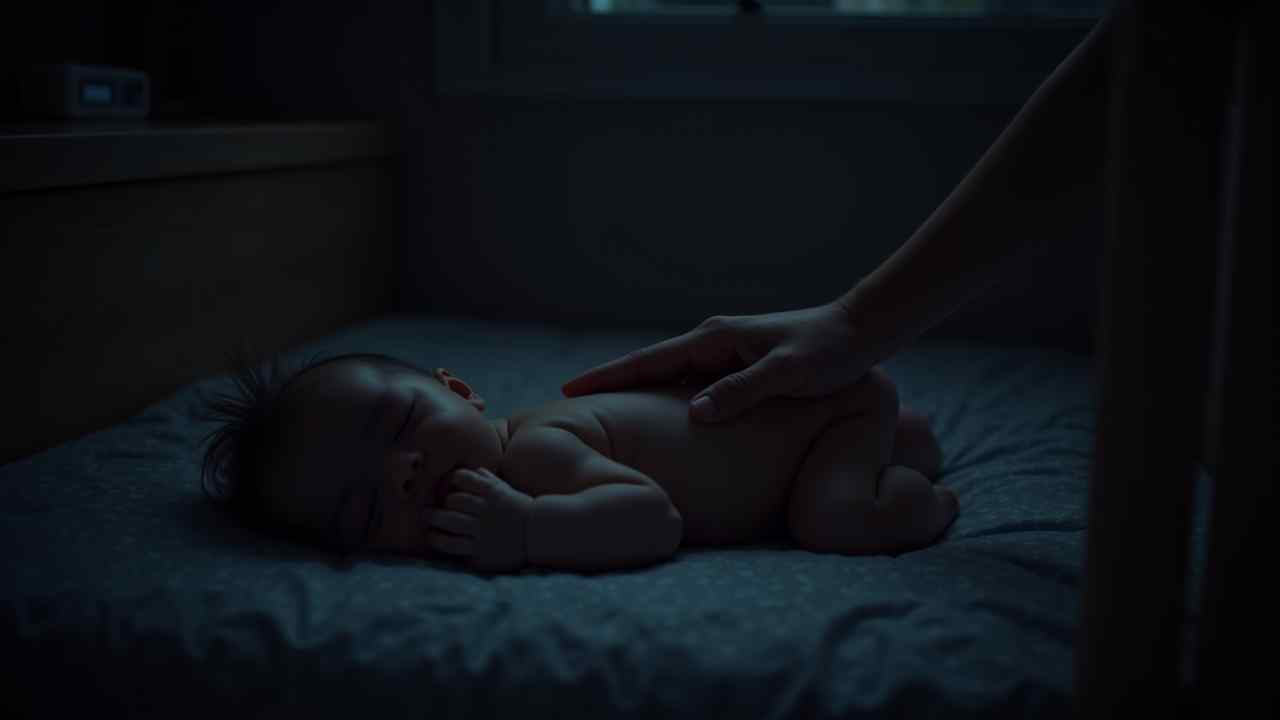
💤 A Parent's Guide to Sleep Training a 9-Month-Old
💤 How to Sleep Train Your 9-Month-Old (and Beat the Regression!) 💤
Your 9-month-old is full of exciting new developments. They are crawling, pulling up, and their personality is shining through. But all these amazing milestones often come with a major challenge: the 8-10 month sleep regression. Suddenly, your baby might be fighting naps and waking all night long.
If you are feeling exhausted and desperate for a solution, you are not alone. This is often the point when many parents decide to try sleep training. The good news is that nine months is an excellent age to start. Your baby is developmentally ready to learn independent sleep skills.
This guide will explain how to approach sleep training a 9-month-old. We will cover the most popular methods and provide a clear plan for success. Let's get your family on the path to more restful nights. ✅
Disclaimer: Every baby is unique. Choose a method that aligns with your family's values. Always consult your pediatrician if you have any concerns.
🤔 Why is Your 9-Month-Old's Sleep So Challenging?
The sleep disruption at this age is a normal sign of your baby's incredible growth. Their brain and body are so busy. This makes it difficult for them to settle down. Key causes include:
- New Motor Skills: Your baby wants to practice pulling to a stand in their crib instead of sleeping.
- Separation Anxiety: This is at its peak. Your baby understands when you leave and protests your absence.
- Nap Transition: Most 9-month-olds are solidly on a two-nap schedule, but this transition can still be a bit bumpy.
💡 What Are the Most Popular Sleep Training Methods for a 9-Month-Old?
Sleep training a 9-month-old is about teaching them how to fall asleep on their own. This is a skill they will use for the rest of their lives. Here are a few popular methods.
What is the Ferber Method (Graduated Extinction)?
This is a very common "check-and-console" method. After your bedtime routine, you place your baby in their crib awake and leave the room. You allow them to cry for a set, short period of time (e.g., 3 minutes). You then go in for a brief, reassuring check without picking them up. You repeat this process with progressively longer intervals between checks.
What is the "Chair" Method?
This is a gentler, more gradual approach. You place a chair next to the crib and sit there, offering verbal comfort until your baby falls asleep. Every few nights, you move the chair a little further away from the crib. You continue this until you are out of the room. This can be a good option for severe separation anxiety.
✅ What is the Step-by-Step Plan for Successful Sleep Training?
No matter which method you choose, the foundation for success is the same. These steps are essential for a smooth process. They are the key to sleep training a 9-month-old effectively.
1. Get the Schedule Right: An overtired baby is much harder to train. At 9 months, your baby should have wake windows of about 3 to 4 hours. A consistent 2-nap schedule is vital.
2. Have a Solid Bedtime Routine: A predictable 20-30 minute routine is a powerful sleep cue. A sequence like a bath, pajamas, a final feeding, a book, and a song helps your baby wind down.
3. Put Your Baby Down Awake: This is the most important rule. To learn how to fall asleep on their own, they must be placed in the crib while they are still awake.
4. Be 100% Consistent: This is the secret ingredient. You and your partner must be on the same page. Stick to your chosen method for every bedtime and every night waking. Consistency is what helps your baby learn quickly.
The first few nights of sleep training can be difficult. But most families see a dramatic improvement in just 3 to 5 nights. You are giving your baby a valuable life skill. Be patient, be consistent, and you will all be sleeping better soon. 😴